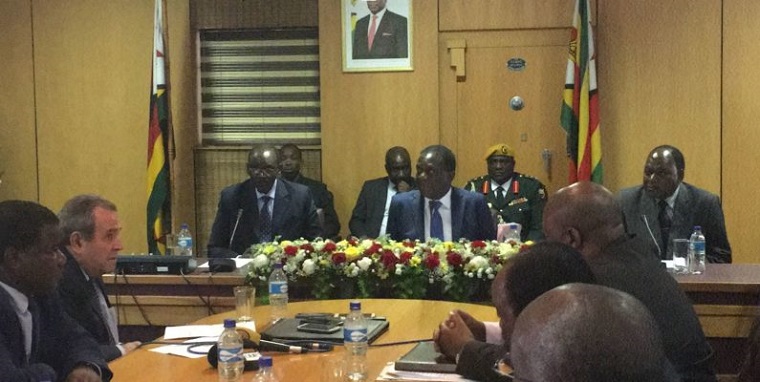With platinum resources second only to South Africa, is Zimbabwe primed to achieve sustainable socio-economic development impact from the exploitation of its mineral resources, if the government can be accountable for how it is parcelling out those assets and the public demands critical disclosures?
Without transparency, it is difficult for the public to hold government and corporates to account on negotiating fair mining deals that optimises mining benefits for citizens.
The groundbreaking $4.2 billion investment deal in the platinum sector between government and Karo Resources from Cyprus was hailed as a turning point by the state media, following on from the enthusiastic showing by the Minister of Mines, Winston Chitando who announced that Zimbabwe’s mining landscape will never be the same again.
If implemented fully, the project will directly employ 90 000 people – 15 000 and indirectly 75,000, he said.
All good news.
The Karo Resources deal would be a massive investment considering that Zimplats, the country largest platinum mine employed a total of 5 941 people during its 2017 financial year: 3 063 on full time basis and the remainder 2 878 on contract basis.
Karo compounded the excitement by declaring that the project will grow Zimbabwe’s Gross Domestic Product (GDP) by 20 percent!
Rightly so, the Constitution through Section 315 (2) (c) provides for an Act of Parliament to enable “transparency, honesty, cost-effectiveness and competitiveness” during negotiation and performance monitoring of mining agreements.
Chitando has promised to make public, “over the next few weeks,” some of the disclosures around the $4.2 billion deal.
Public disclosure of mining agreements is a critical enabler for deals that target to optimise mining benefits to citizens since the public has an opportunity to scrutinise the terms and conditions of the contract.
As envisioned by the African Mining Vision (AMV) — which was agreed to by African head of states in 2009 — communities must scrutinise the fairness of mining agreements with emphasis on: angles for fiscal linkages; human resource development, upstream/downstream linkages; infrastructure linkages; and research and development linkages.
Continued next page
(390 VIEWS)
